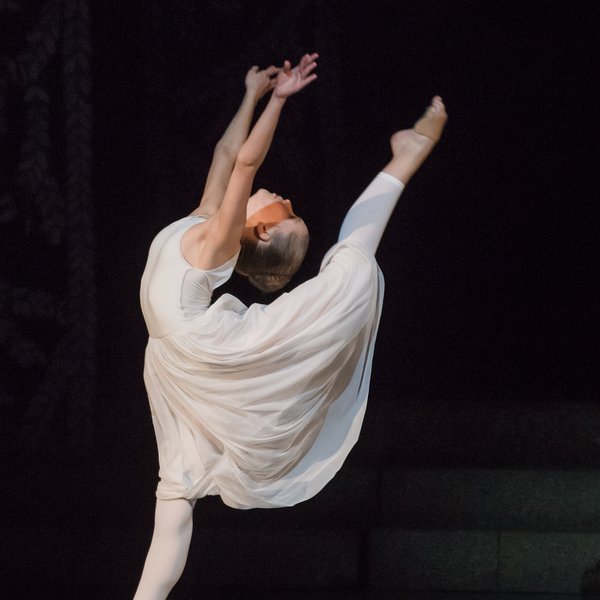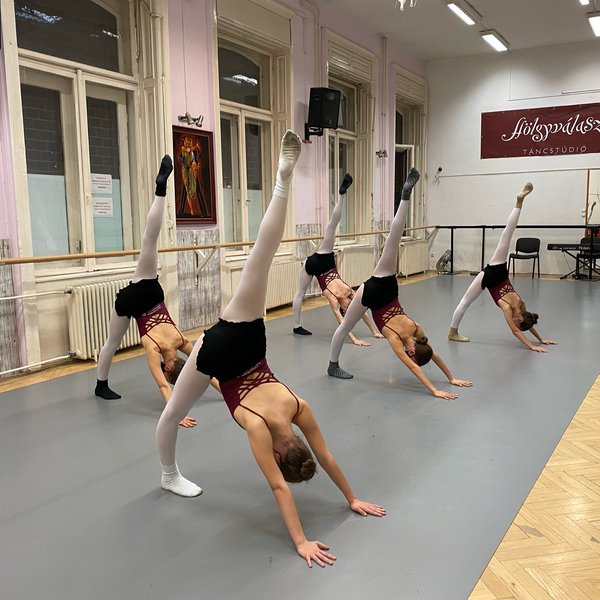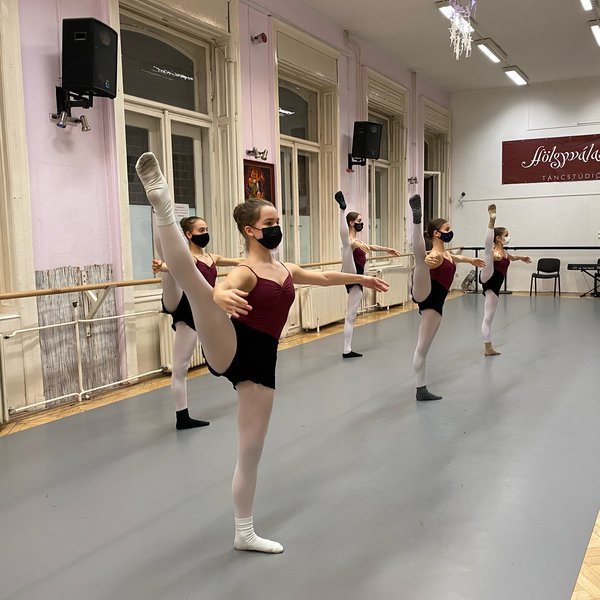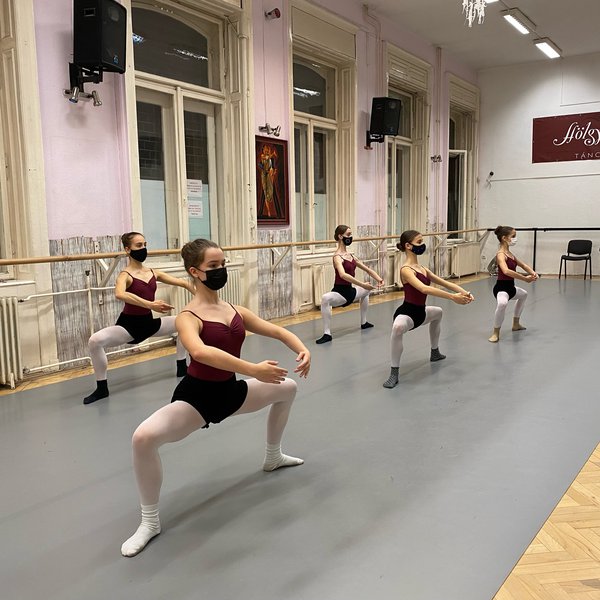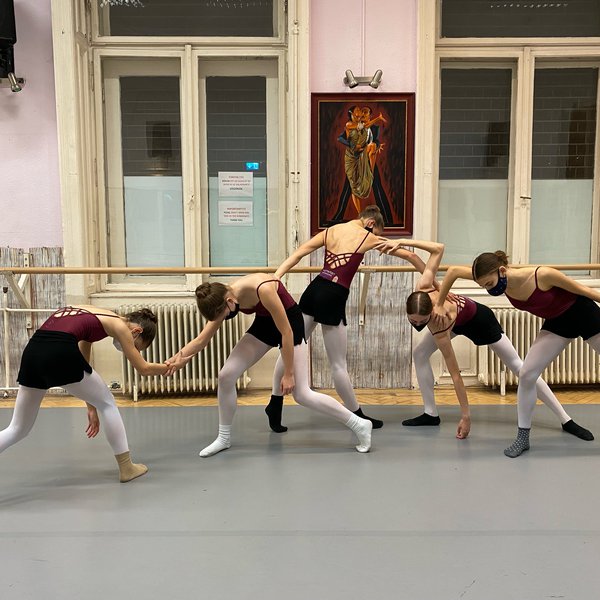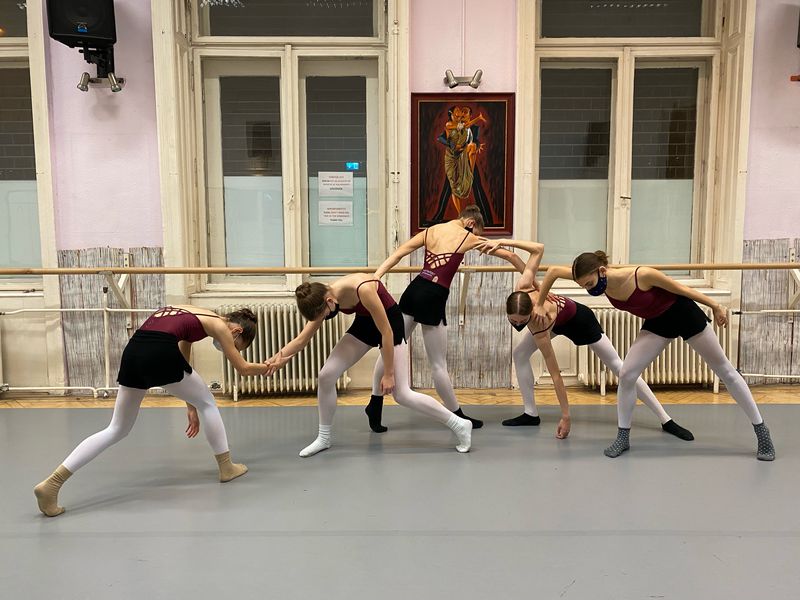
Modern dance is a broad genre that encompasses a number of styles and dance techniques.
The development of modern dance started at the end of the 19th century and the beginning of the 20th century. Its purpose was to reform classical ballet and to do away with all of its traditions. Its creators started studying the laws of movements and the functioning of the human body. They analysed movement and the possibility of movement, returning the focus to natural movements. This new approach helped the free expression of emotions through dance.
Modern dance is made rich by its colourfulness. Body parts are usually used separately from and are isolated from each other; the legs are generally parallel; positions are often wide and deep; the weight of the body is utilised; balance is made use of; falls, rolls, and contractions and releases are consciously applied, as are touching the ground and the contact between the ground and the body. The contrast between continuous, delicate movements and jerky, dynamic movements give the genre its variety.
By way of improvisation, modern dance provides a possibility of expressing the freedom of the body and the soul. It develops creativity and body consciousness. By turning inwards, the personality becomes free to blossom, which helps expression.
